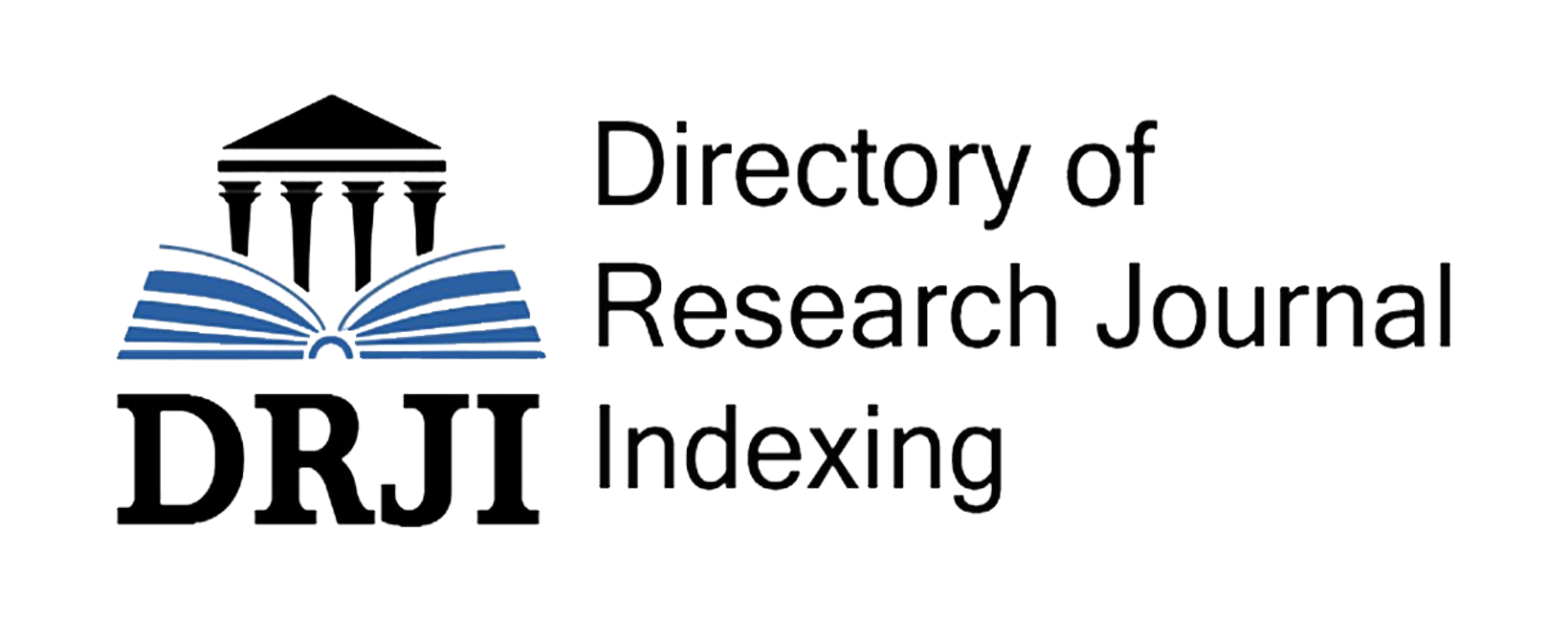LITOTES IN UZBEK AND ENGLISH LANGUAGES
Keywords:
Metaphor, method, culture, cultur, modernAbstract
This essay deals with the linguocognitive analysis of Uzbek and English linguistic units that represent litota. In order to discriminate, Litota sharpens the meaning of words and phrases by lessening their indicators. Litota is referred to as the "reverse hyperbola" because it is the opposite of hyperbola in this respect. Litota is often used for moral reasons: it is possible to develop a favorable impression of something by being humble and downplaying one's accomplishments.
References
DeMooij, M. (2010). Global Marketing and Advertising (3rd ed.). Thousand Oaks, CA: Sage.
Fieg, J. (1976). A common core: Thais and Americans. Yarmouth, ME: Intercultural Press.
Fieg, J. &Mortlock, E. (1989). A common core: Thais and Americans (Rev. ed.). Yarmouth, ME: Intercultural Press.
Gannon, M. (2001). Working across cultures: Applications and exercises. Thousand Oaks, CA: Sage Publications. Also available for public use at http://faculty.csusm.edu/ mgannon
Gannon, M. (2008). Paradoxes of culture and globalization. Los Angeles, CA: Sage.
Gannon, M. &Pillai, R. (2011). Understanding global cultures: Metaphorical journeys through 17 Nations (5th ed.). Thousand Oaks, CA: Sage Publications.
7.Hall, E. & Hall, M. (1990). Understanding cultural differences. Yarmouth, ME: Intercultural Press.
Hofstede, G. (2001). Culture's consequences (2nd ed.). Thousand Oaks, CA: Sage
Publications. Hollinger, C. (1977). Mai pen rai means never mind, first far east. Reprint Edition. Tokyo, Japan: John Weatherhill, Inc. (Originally published by Houghton Mifflin in 1965).
Kaufman, J. (1999, October 22). Why doesn't business, like baseball, create improbable heroes? The Wall Street Journal.









